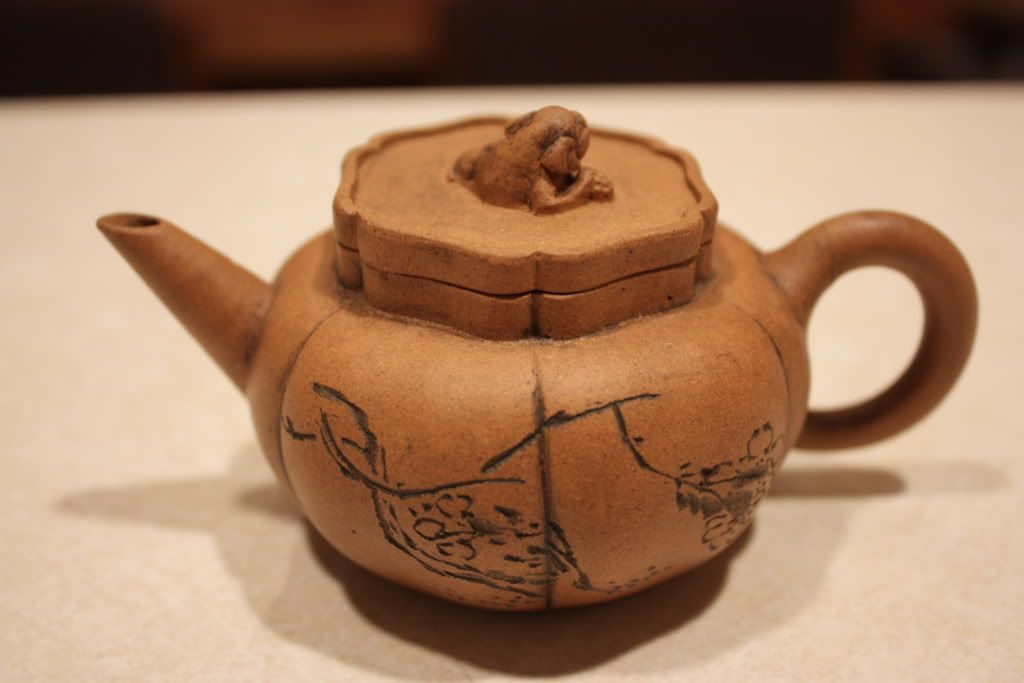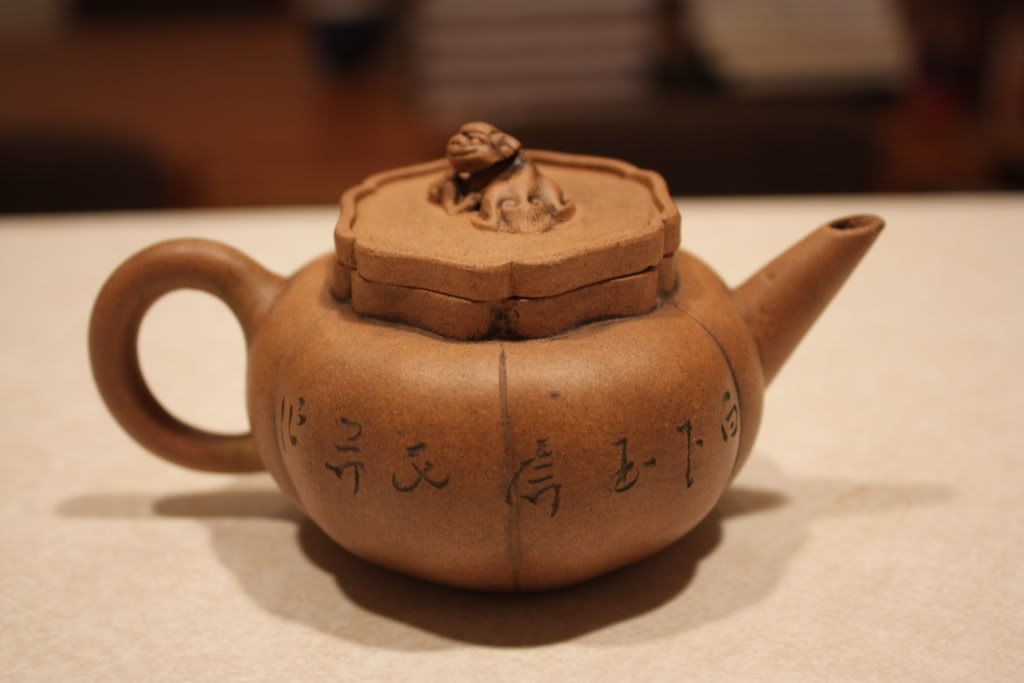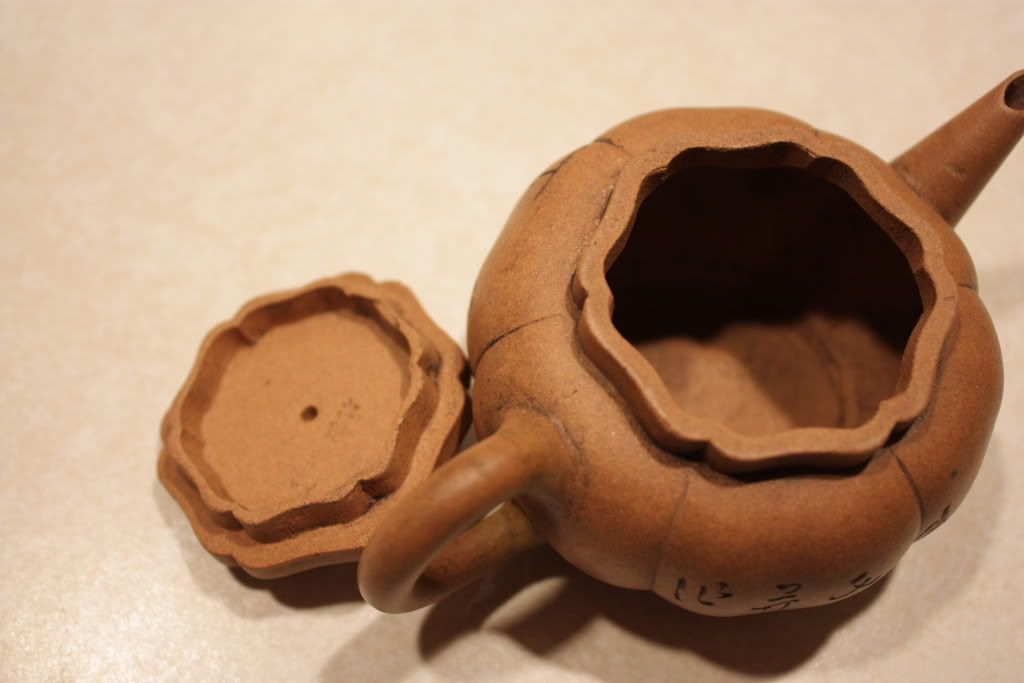One of the most basic things you learn when you first try to brew tea is … one spoonful for the pot, and then one for every person.
Somehow, the size of the vessel doesn’t matter for that one.
Over time, I’ve noticed that one of the most consistent question that comes up for brewing tea — any kind of tea, but especially gongfu Chinese tea, is “how much tea did you use?”
Which of course should also go with “how big is your pot/gaiwan?” if you’re making it gongfu style.
As my longtime readers would know, I eschew a scale. I judge how much tea I’m using only relative to the pot size and the kind of tea. Pot size it’s easy — whether it’s 2/3, 1/3, 1/4, 1/5…. so on. But when do I use 2/3, 1/3, etc?
That’s when the tea part comes in… the amount changes depending on the tea. It also depends on individual teas, but in general, it depends on the style. So, for example, Wuyi teas generally get the most, as well as some high roasted oolongs, especially if I’m trying to make them Chaozhou style. Then you have stuff like aged puerh and aged oolong, young puerh, light oolongs…. roughly in that order (from high to low).
Within each genre, of course, there are also variations. Some Wuyi need more leaves than others. Some need less. In most cases, however, those general principles hold — at least for me.
One thing I’ve found repeated over many times by various people is that somehow, a tea that requires more leaves to be good is necessarily not as high quality as one that requires less leaves. Even assuming that there’s a universal “good”, I am not sure why this should be true. Would anybody dispute that a Red Label, aged 50+ years now, is no good? Yet, when Cloud described drinking it with his friend, they used a whooping 14.1 grams of tea for one pot. Does that make it worse than some other aged puerh that require only 10g?
Therein lies the problem, I think, for there are other variables involved that do not factor into the equation of weight/volume. For example, a certain tea might be particularly interesting because of, say, a unique fragrance it gives off when you brew it right. However, brewing it right might involve using more leaves than usual. You can brew that tea using normal parameters for a particular genre, and not get anything interesting from that tea. It is possible to simply discard it and decide it’s not worth the trouble. Or, one can try again, varying the parameters a little, and see what happens… and sometimes good things happen, sometimes it’s more than merely good — results can be amazing, revealing a totally different tea that was previously undiscovered. All it takes is more (or less) leaves.
Therefore, in some ways, I think any and all tasting of limited sized samples are, in and of themselves, rather meaningless. They’re sort of like a random walk — you can get all kinds of result from that one sitting. As each drinker develop more expeirence with teas in general and perhaps a certain genre in particular, it is possible to take less time in figuring out what an optimal brewing parameter is for a particular tea. The aggregate of tastings, preferably by one person, but sometimes by many (as in the case of the blogosphere), can be meaningful. I know I sometimes dismiss a tea as “bad”. That’s just bad for me for that particular sitting – sometimes. Sometimes it’s because I’ve had things like it before, and they simply don’t do it. Sometimes it’s because I have no clue what I’m doing and screwing everything up. So, take this post as a long caveat — and also as an apology for the rather difficult medium of the internet as the only way for us to have our tea meetings.





 RSS - Posts
RSS - Posts
I took you at your suggestion and have been reading some of your old post-Covid posts. I haven’t been to…